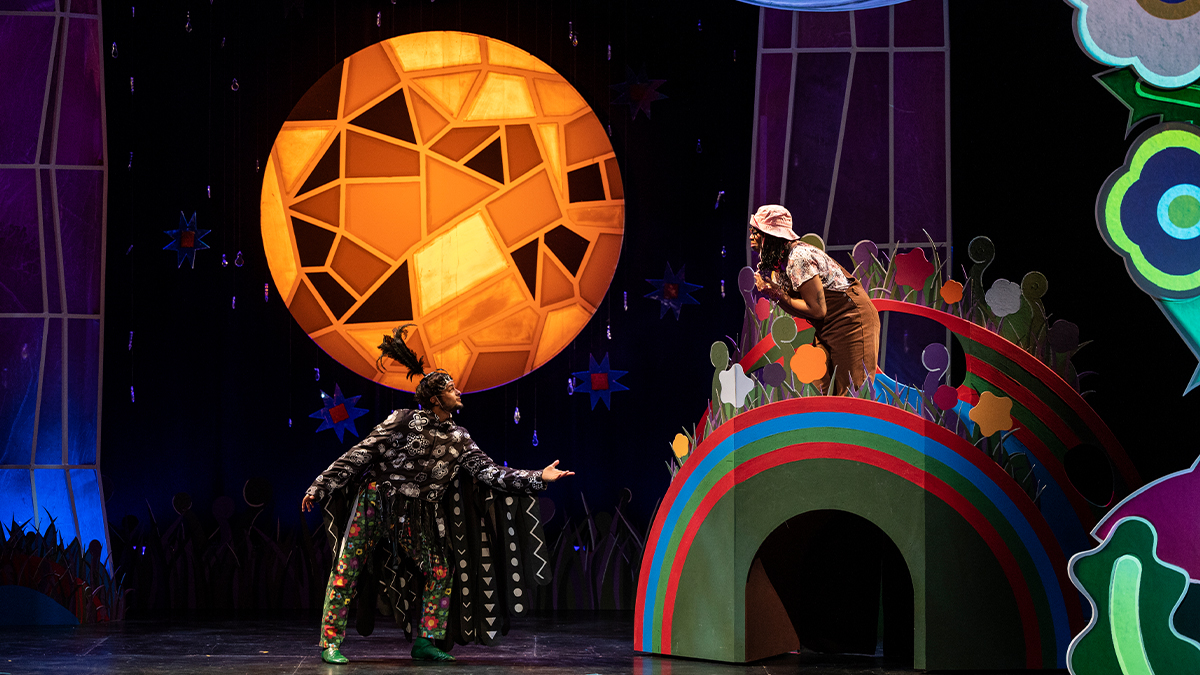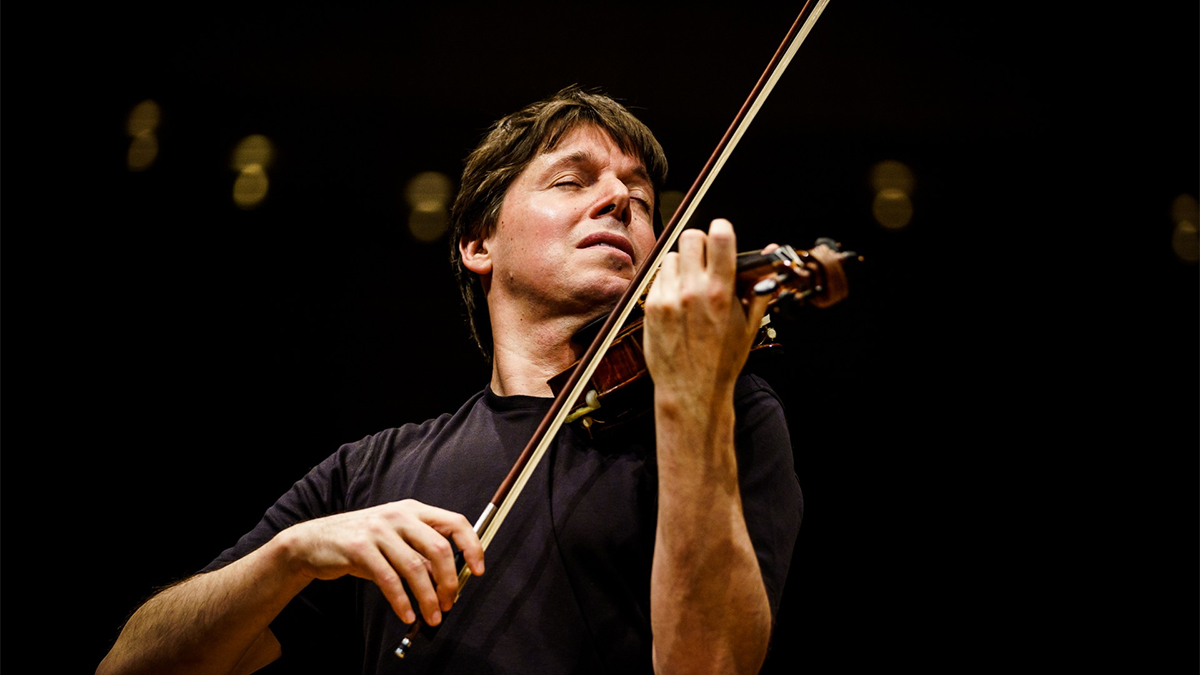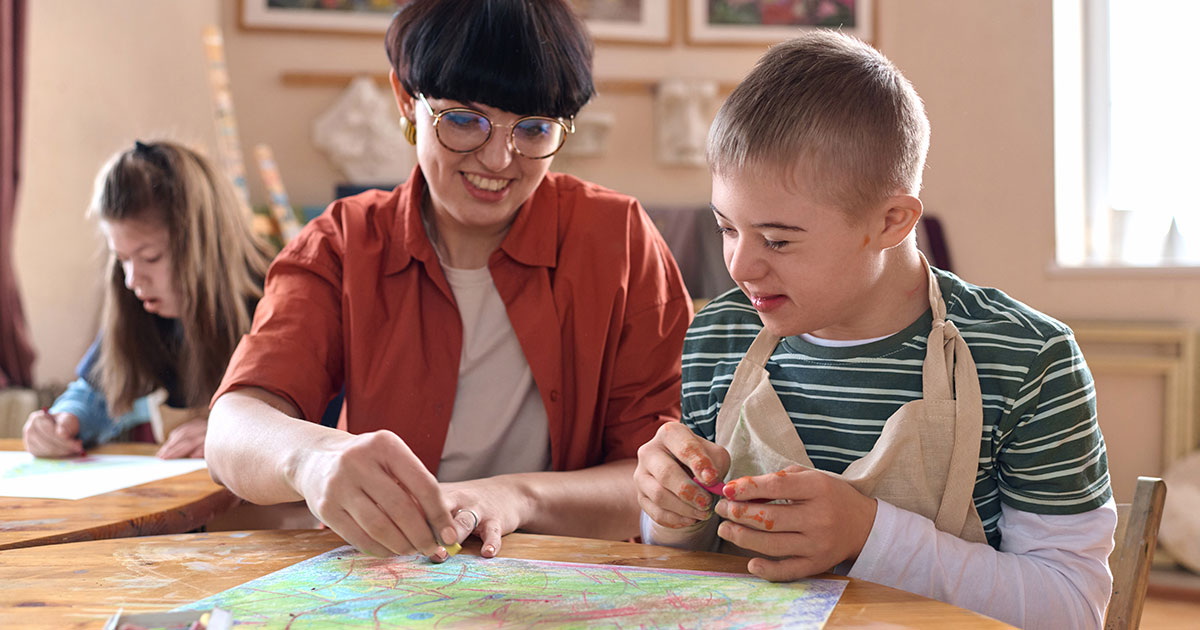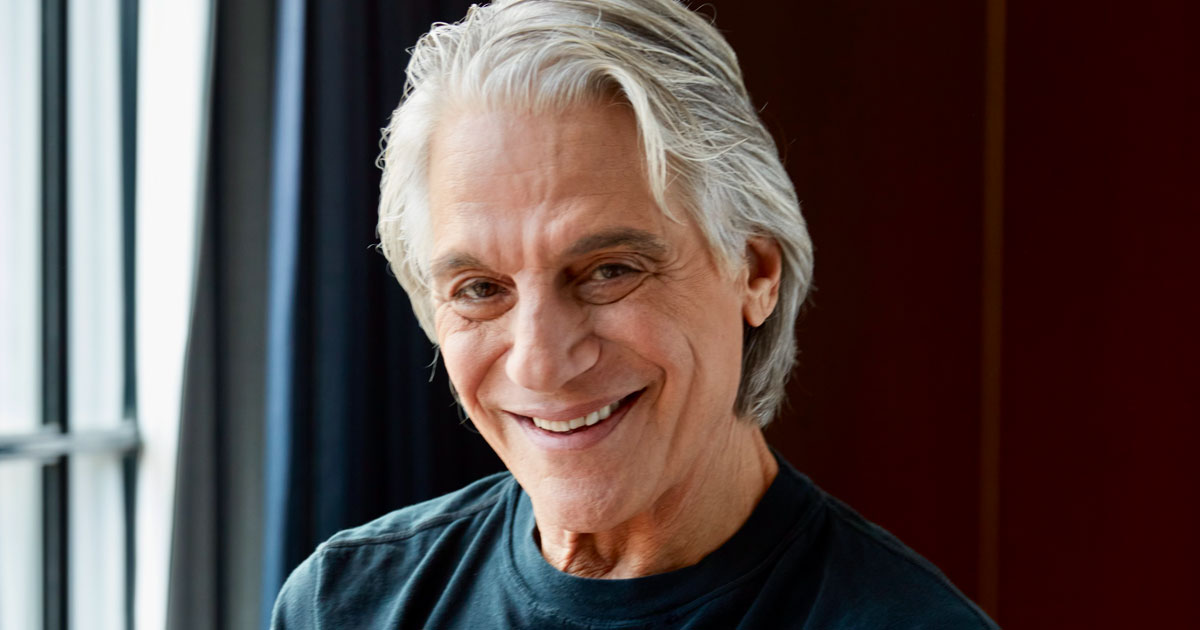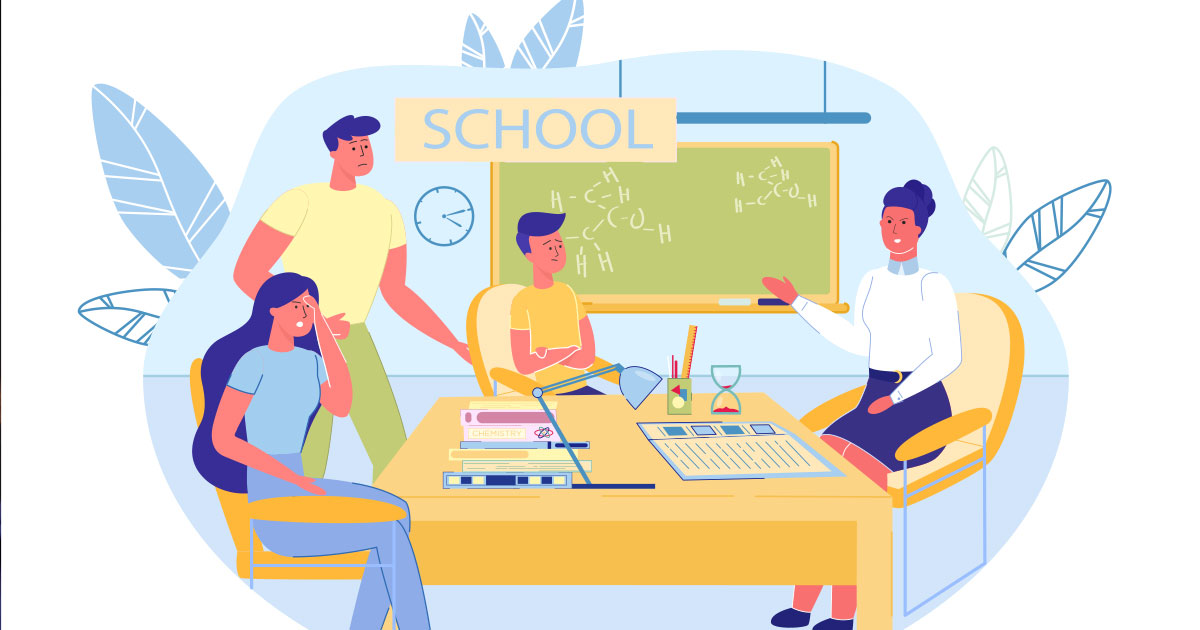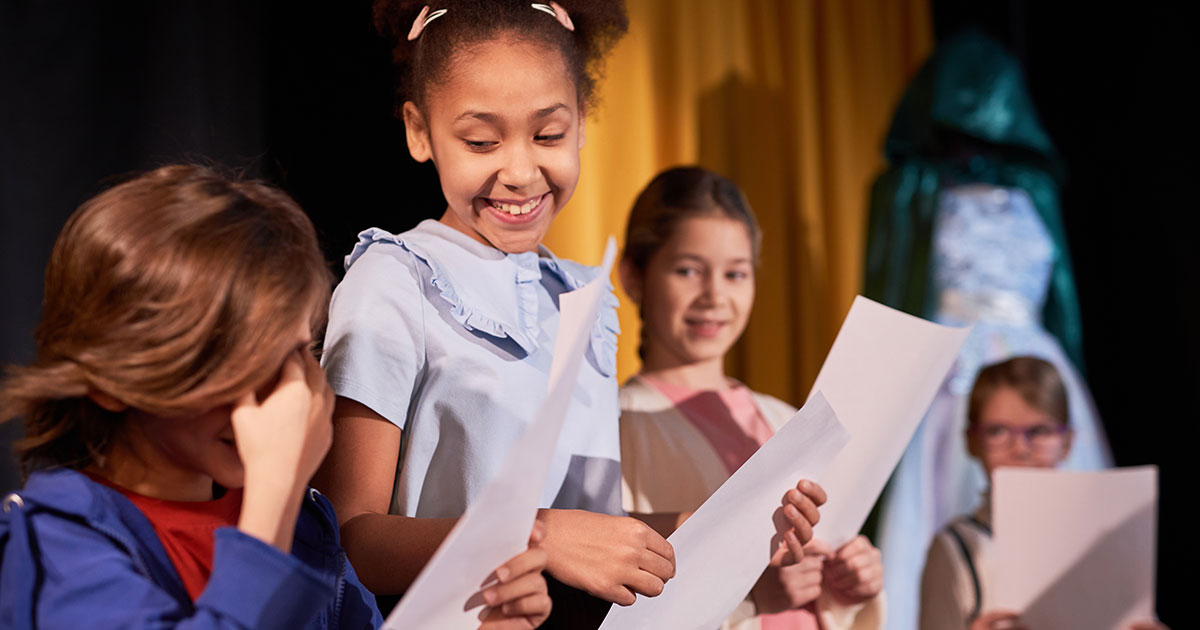From fostering creativity and critical thinking to enhancing emotional intelligence and cultural awareness, arts education plays a crucial role in shaping future leaders.
Martine Kei Green-Rogers, Ph.D.
Dean, The Theatre School at DePaul University
Artists want to be in conversation with other artists, artforms, and disciplines of study. An arts education is valuable because we need people who are interested in exploring, highlighting, and sharing our collective humanity. We need people to tell the history of our global societies and help us recognize how to make what may seem foreign to us more familiar.
A conservatory model encourages other artforms and disciplines to play together by establishing a place where artists can fail miserably, pick back up, and start again. Students not only learn the technical skills of their craft, but they also learn creative problem-solving, collaboration and communication, and discipline and adaptability. These are the skills needed for a person to be successful, no matter what they decide to do later in life.
100 years of arts education
At The Theatre School at DePaul University, modeling new paths for what one can do with conservatory training is our future. We are an amazing school with a rich heritage. This year, we celebrate 100 years of training theatre professionals, and this milestone has given us an opportunity to reflect on how our students have taken their training and gone on to do so many phenomenal things both inside and out of the theatre world. Our graduates use their arts training to make the world a better place and to provide opportunities for the next generation of artists.
At the heart of who we are as an educational institution, and as a value based collective of artists, we embody in our spaces everyday why the arts are necessary.
Rebecca Ryan, the director of admissions for The Theatre School, summarizes who we are succinctly: ”Nestled in the heart of Chicago, a city renowned for its vibrant and diverse theatre scene, The Theatre School at DePaul University offers a cutting-edge education with 15 highly specialized Bachelor of Fine Arts programs ranging from Acting and Comedy Arts to Projection Design and Theatre Management, a Master of Fine Arts program in Acting, and a new Certification for Intimacy Professionals in Theatre & Cinema.
“With over 30 productions each year, students engage in immersive, hands-on experiences. Faculty — all professional theatre artists active in the industry — bring their real-world expertise to the classroom, along with their professional network and connections. Students develop skills that prepare them to innovate and excel in the dynamic entertainment landscape.”

More than art for art’s sake
We help students find their path by providing numerous opportunities to delve into the real-world applications for their art that goes beyond “art for art’s sake” (not that this is a bad thing). For example, we devised a theatrical piece in May 2024 as a response to an exhibition by Selva Aparicio at the DePaul Art Museum to bring awareness to domestic violence, we are currently partnering with the College of Science and Health at our university to train emerging healthcare professionals, and provoking conversations about our contemporary society through the lens of historical events via our partnership with the american vicarious and TimeLine Theatre.
These kinds of collaborative projects expand the world of possibilities for our students and the ability to experiment allows for someone to have the fortitude to carve their own paths and create their own opportunities.
While resilience, emotional intelligence, and critical-thinking skills might not be in the course catalog per se, these transferable skills not only prepare students for a wide range of careers, but an education in the arts also deeply connects students to our shared humanity. The world needs more innovators who lead with empathy.
Click here to learn more about The Theatre School at DePaul University
Author bio
Martine Kei Green-Rogers is the dean at The Theatre School at DePaul University in Chicago. She earned her Ph.D. from the Department of Theatre and Drama at the University of Wisconsin-Madison. She received her bachelor’s in theatre from Virginia Wesleyan College and her master’s in theatre history and criticism from The Catholic University of America. A director and writer, Martine has a long history in the theatre. She has held several positions in dramaturgy, literary management, writing, directing and creative storytelling in the professional theatre and entertainment industries. Her portfolio includes positions at the Oregon Shakespeare Festival and the Court Theatre in Chicago. Martine previously served as interim dean of the Division of Liberal Arts at the University of North Carolina School for the Arts. She also is the immediate past president of the Literary Managers and Dramaturgs of the Americas and the current President-Elect of the Association for Theatre in Higher Education (ATHE).

